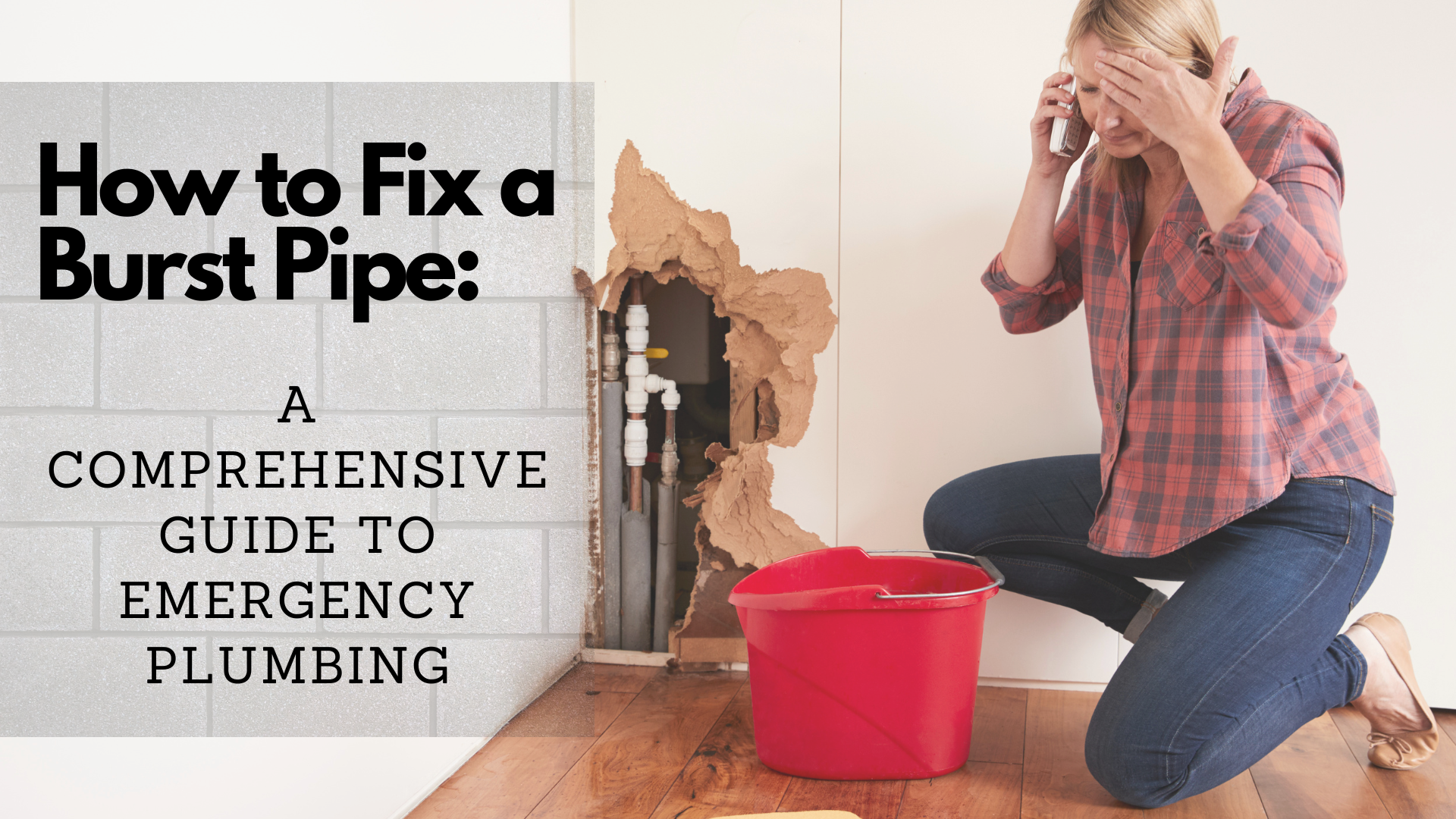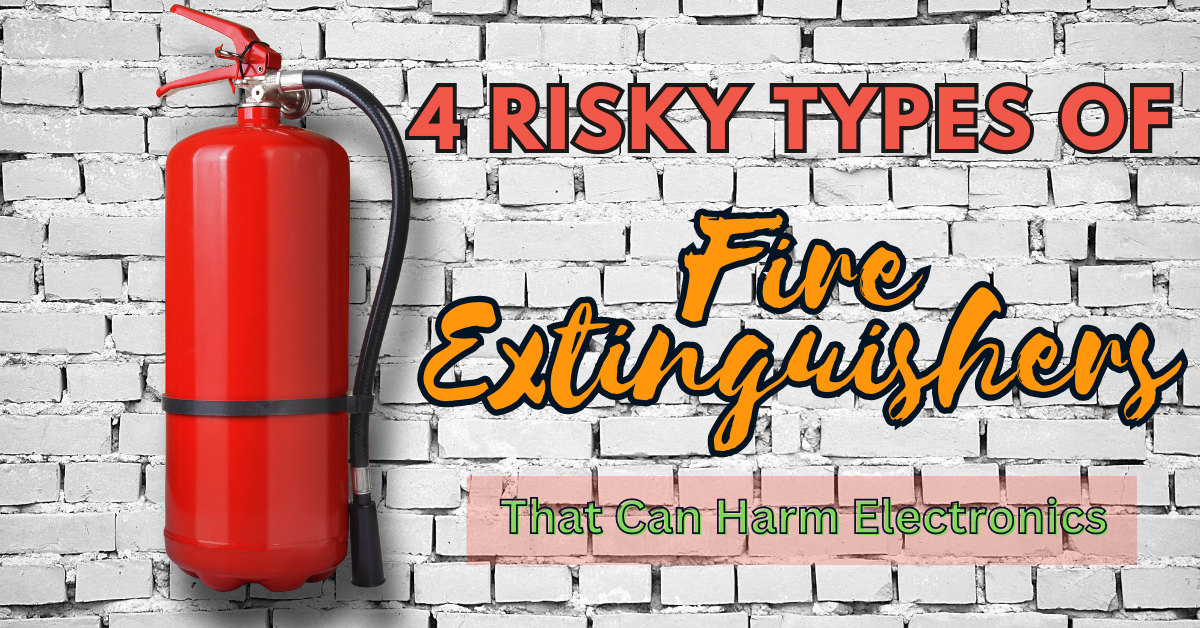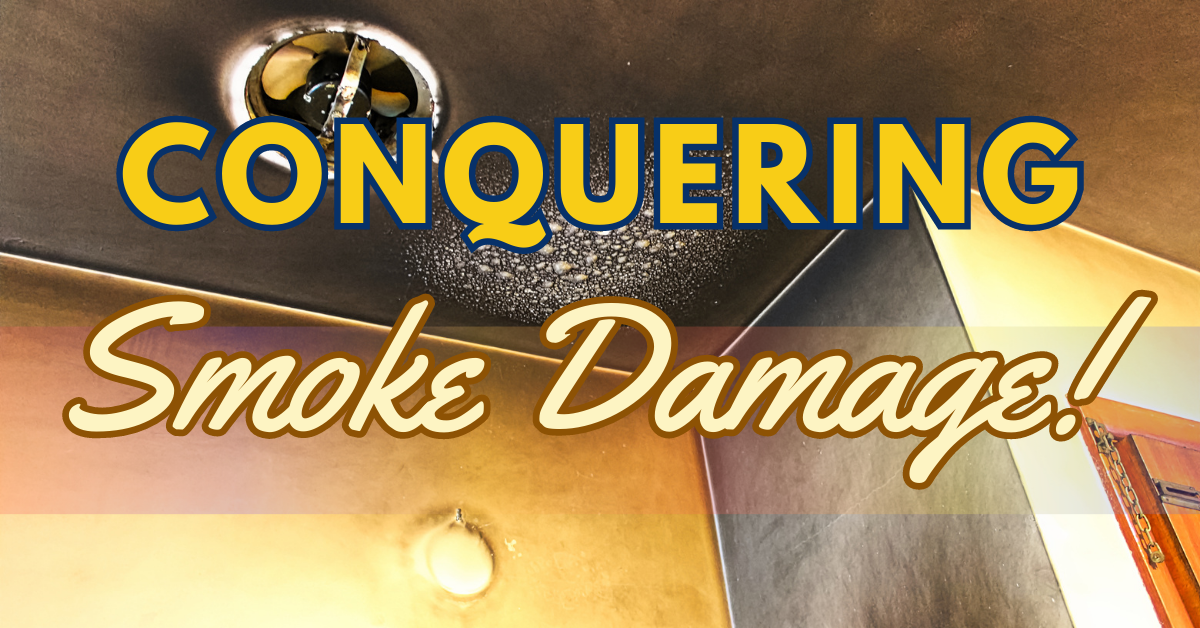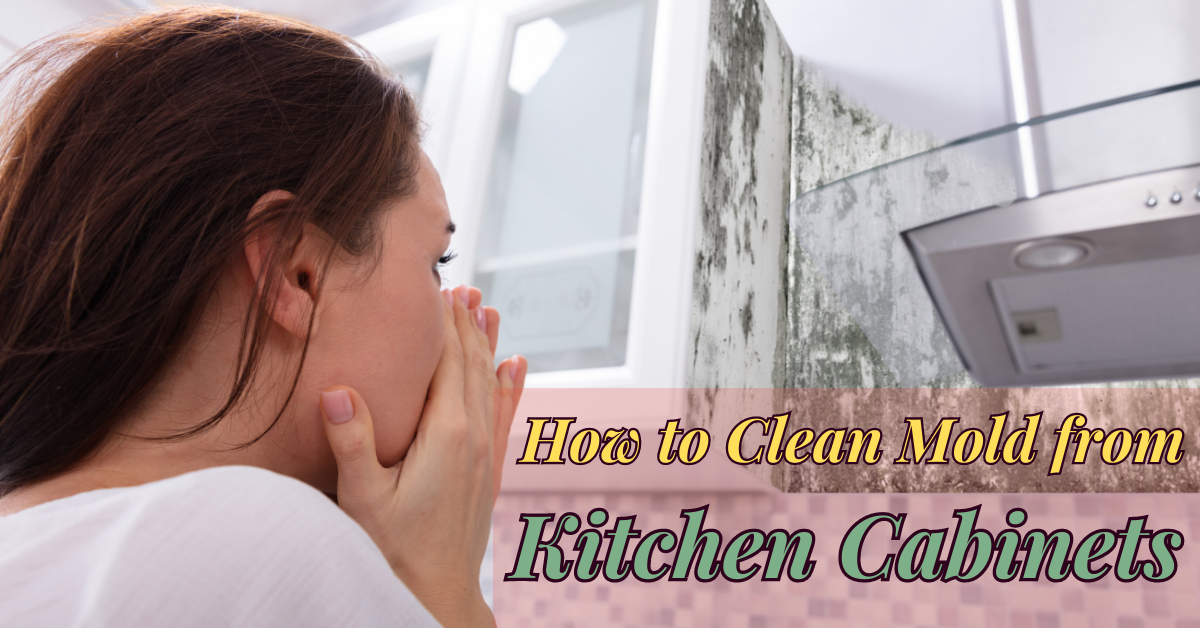
Mold can be found everywhere. In nature, it is an organism that helps break down organic components such as fallen leaves and dead trees. However, mold from kitchen cabinets and from other areas at home should be prevented. Mold is not only unattractive, but studies show that exposure to mold can cause allergies and respiratory problems like asthma. So, when you discover mold in kitchen cabinets or any parts of your home, you should take prompt action to remove it immediately.
One of the areas in a home that is prone to mold growth is your kitchen cabinets. This is because of their exposure to high levels of humidity, little ventilation, and moisture. When the inside of the cabinet becomes wet and remains damp, mold will eventually begin to thrive. This article will help learn the steps on how to remove mold from kitchen cabinets.
Mold in Kitchen Cabinets: What Conditions Are Ideal For Mold Growth?
Mold and mildew like warm and damp places. They release tiny spores that can float in the air. When it’s warm, there’s enough moisture, and there’s something for them to eat, the spores can start new mold colonies and spread around.
Cleaning Mold from Kitchen Cabinets
If you have a small problem with mold from kitchen cabinets, you can remove it using an ammonia-free cleaner or a commercial mold cleaner. However, before you start cleaning, take precautions to protect yourself from the cleaning solution and mold.
Wear a mask, goggles, and gloves, and make sure the area is well-ventilated. Follow these steps to clean the mold from your kitchen cabinets.
Step 1: The initial step in cleaning mold from kitchen cabinets is to empty them completely. Take out all the items stored in the cabinet and dispose of anything that has been affected by the mold. Seal these items in a plastic bag.
Step 2: Prepare the cleaner that you will be using. Choose a commercial cleaner that is used for killing and removing mold from kitchen cabinets. You can also use a natural product like distilled white vinegar, or bleach and hydrogen peroxide. However, bleach and hydrogen peroxide may cause some discoloration on your wood materials.
So, it is always best to do a fastness test on a hidden small area of your cabinet before you apply it to a larger portion.
Step 3: Spray the moldy areas with your cleaning solution and scrub the mold with a stiff-brush scrub so you can thoroughly remove it. You may also use a toothbrush to get into hard-to-reach surfaces.
Step 4: Rinse the cleaning solution thoroughly with warm water and a clean rag. Wipe down the surfaces you scrubbed on to remove any mold residues from your kitchen cabinet.
Step 5: Thoroughly and promptly dry your kitchen cabinet and check the area for any traces of mold. If you can still find mold and mildew inside your cabinet, repeat the steps again and make sure to end the cleaning process with thorough drying. Leave the doors open for at least two hours to ensure that the entire area is dry before putting your items back inside the cabinets. If mold still persists, seek help from a professional.
Discover The Cause
To stop mold from returning to your kitchen cabinet, it’s important to locate where the moisture is coming from. It could be a leaky pipe or dishwasher. Make sure to fix any leaks right away. If water is seeping under the sink and causing mold, you may need to remove the whole sink to reach the affected areas.
Preventing Mold Growth in Kitchen Cabinets
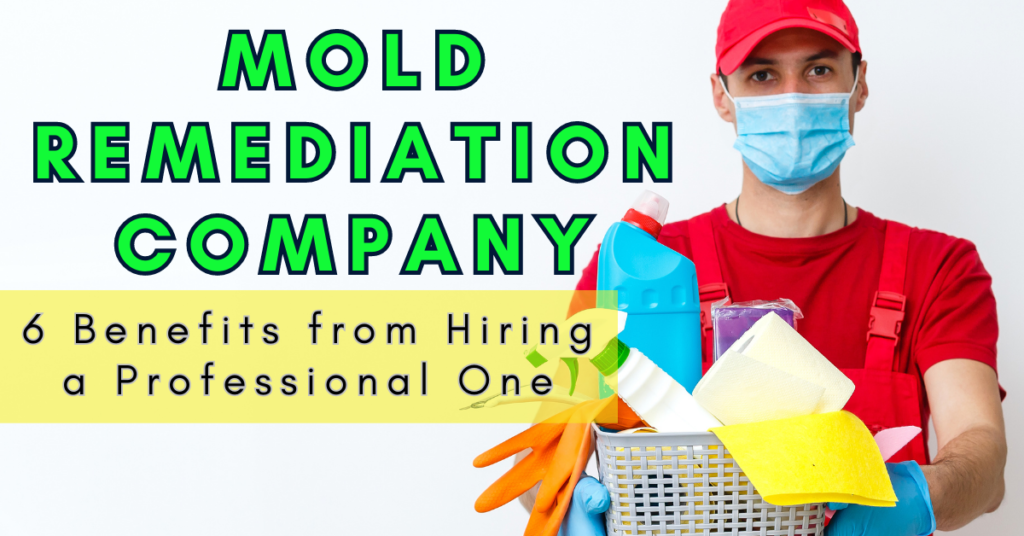
To avoid mold problems in your kitchen cabinets, it’s important to maintain a dry environment. Here are some tips to keep your cabinets free from mold:
- Check pipes for signs of damage and fix issues right away.
- Clean up spills and leaks promptly to avoid water buildup.
- Don’t store wet sponges or damp items under the sink.
- Keep cabinets clean and dry to prevent moisture buildup.
For professional mold removal services, contact Water Damage Riverside of Superior Restoration. We will help you return your kitchen cabinets back to their safe and mold-free condition.


